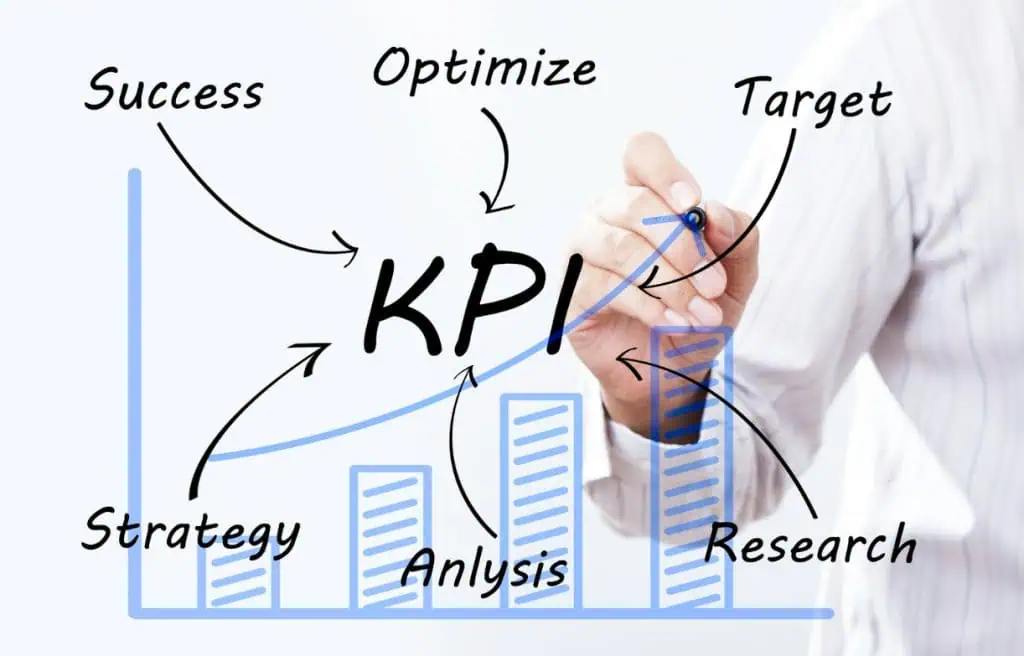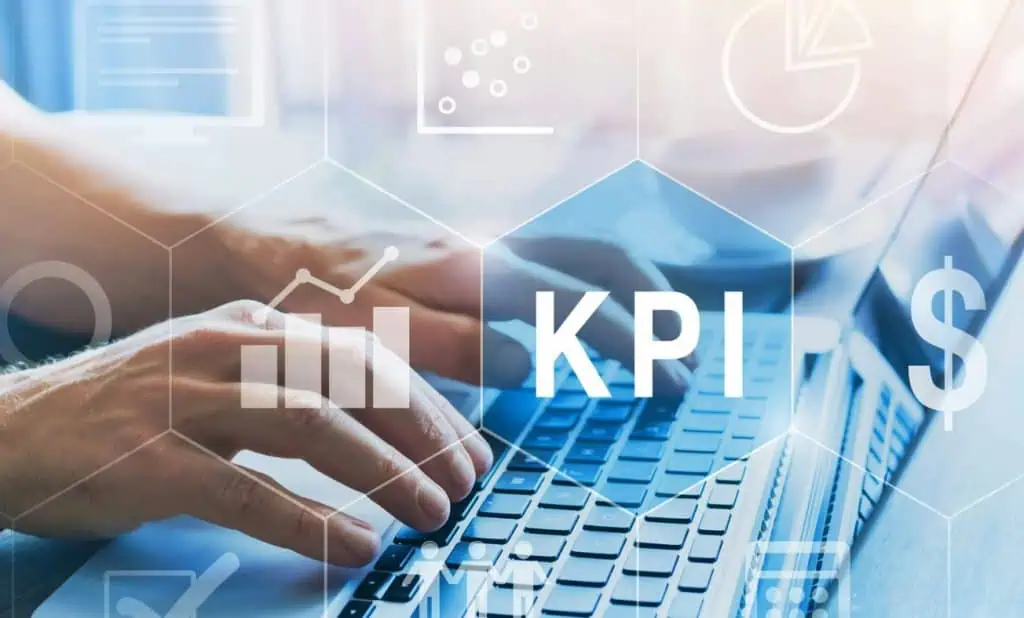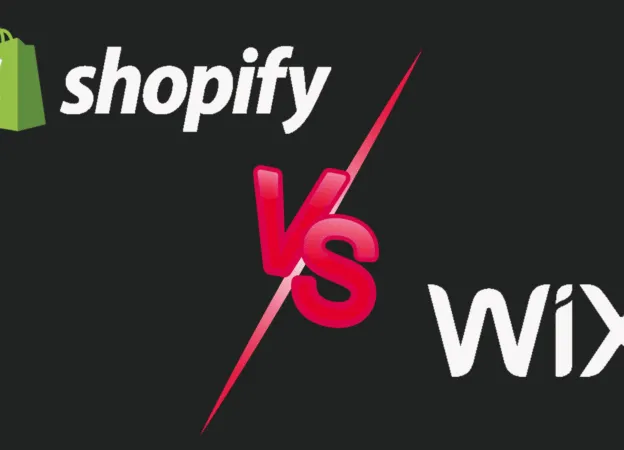In today’s changing business landscape, organizations are always seeking ways to monitor and analyze Key Performance Indicators (KPIs) to ensure they meet their objectives efficiently and effectively.
Table of Contents
KPI tracking software and manual tracking are two methods used to monitor these metrics. Both methods have advantages and disadvantages, and the decision between them generally hinges upon an organization’s requirements and resources.
Below, we explore the pros and cons of using a KPI tracking software – the strengths and weaknesses of each method to assist you in making an informed choice.

KPI Tracking Software: Pros
1. Automation and Efficiency
KPI tracking software automates collecting and analyzing data efficiently, saving time and minimizing data entry efforts for organizations dealing with substantial data loads or needing frequent KPI updates.
2. Accuracy and Consistency
Automated monitoring minimizes the mistakes made by humans during computations and data management tasks to guarantee report accuracy for informed decision-making purposes.
3. Real-Time Updates
Many KPI tracking tools offer up-to-date data that helps businesses make decisions using information instead of relying on outdated metrics. This quick access to information can be extremely beneficial in fast-paced markets where things change rapidly.
4. Scalability
Software programs can readily adjust to the evolving needs of a business as it grows larger in scale and scope.
5. Advanced Analytics and Visualization
Key performance indicator ( KPI ) software typically comes equipped with analytics and visualization capabilities that aid in presenting data clearly and comprehensibly, making them essential for strategic planning and evaluating performance metrics.

KPI Tracking Software: Cons
1. Cost
Using KPI monitoring tools can come with a price tag as it involves upfront installation charges, recurring subscription expenses, and the possibility of requiring extra IT resources, which might pose a financial strain, especially for small enterprises.
2. Simplicity
The software’s advanced features and functions might make it more challenging for some employees who may need training to use it effectively; this could decrease productivity.
3. Personalized Approach
Relying on software increases the risk of disruptions from issues or system failures, which could impact operations significantly and create additional hurdles in maintaining data security and system uptime.
Manual Tracking: Pros
1. Low Cost
Traditional tracking methods often use tools such as spreadsheets as a budget option. This method may work well for businesses or small companies operating within constraints.
2. Simplicity
For companies that have a number of key performance indicators (KPIs) or basic data requirements, tracking manually can be simple and convenient. It removes the challenges linked with comprehending and handling software systems.
3. Personalized Approach
Tracking manually provides the flexibility to customize tracking methods according to business needs and adjust data for adaptability.
Manual Tracking: Cons
1. Time-Consuming
Entering data manually and analyzing it can take a lot of time and effort as the amount of data increases over time. This can result in reporting delays and reduce the time for strategic tasks.
2. Prone to Errors
People’s errors pose a threat when it comes to monitoring tasks. Inaccuracies in inputting data or performing calculations and misinterpreting findings could result in misleading conclusions and choices that impact the success of a business endeavor.
3. Limited Scalability
As a company expands and the amount of data grows larger over time, keeping track of everything manually becomes less feasible. Upgrading processes can be done to accommodate this growth. This may necessitate hiring more staff members.
4. Lack of Real-Time Data
Compared to software solutions, manually tracking data cannot provide updates on real-time data changes, which can impede decision-making and adaptability to market conditions.

Final Words on Using A KPI Tracking Software
Deciding between using KPI monitoring software and manual tracking requires considering aspects such as budget constraints and the complexity of data, as well as taking into account the specific requirements of the organization’s operations.
While software provides automation capabilities and ensures precision and scalability in tracking performance metrics, this comes at a price, along with a need to invest time in learning and setting up the infrastructure.
The tracking is cost-effective and straightforward yet has limitations in terms of efficient scaling up and is prone to potential errors creeping in during the process. In the end, organizations need to evaluate their requirements and resources in order to select the method that best fits their objectives.
For companies that demand accuracy and are able to invest in technology, Key Performance Indicator (KPI) monitoring software could be the favored option.
Conversely, smaller enterprises or those with KPI requirements may choose the hands-on approach of manual tracking. Regardless of the path taken , the objective remains constant : KPI monitoring facilitates informed decision-making and achieves business prosperity.



